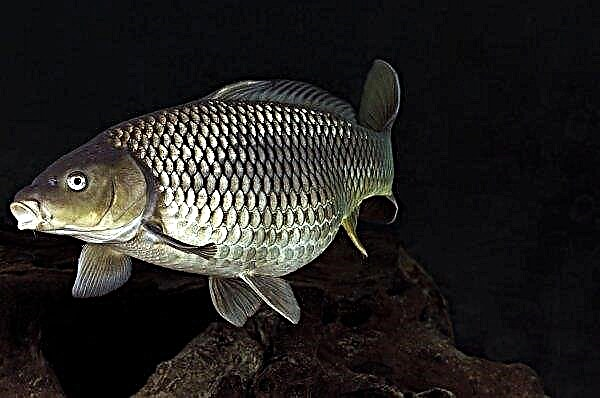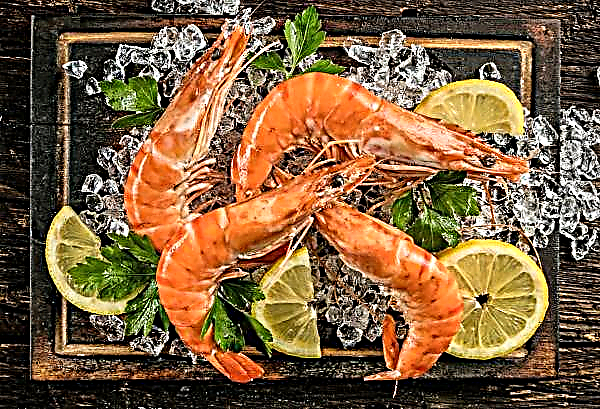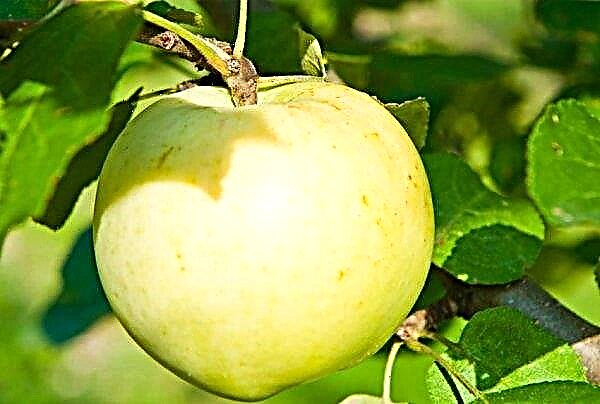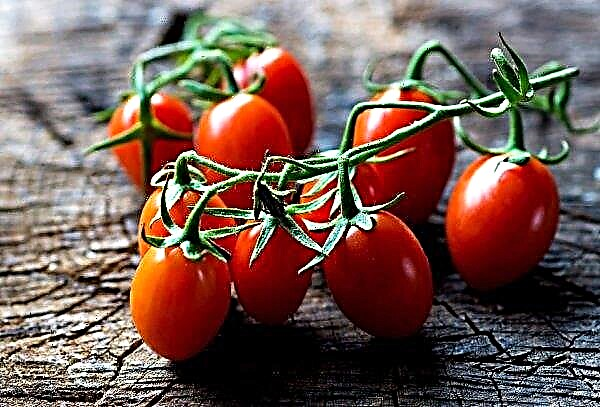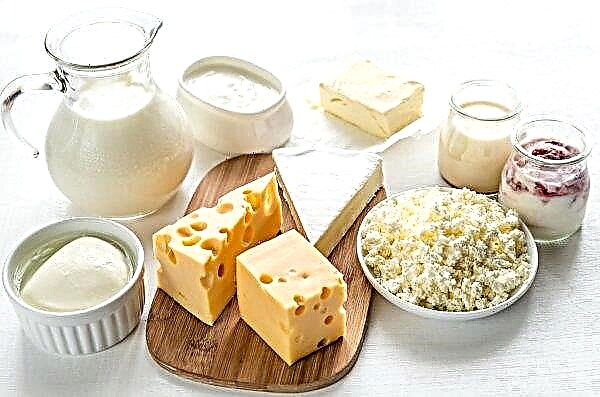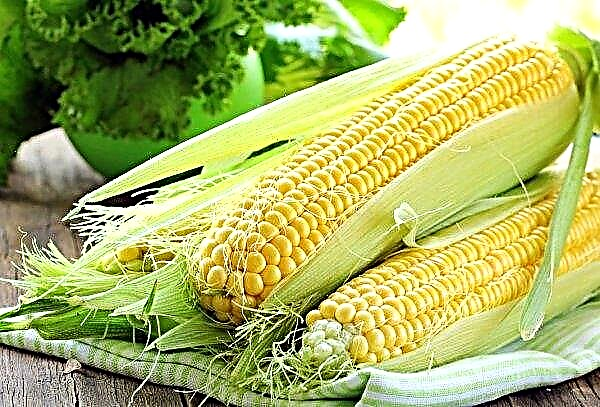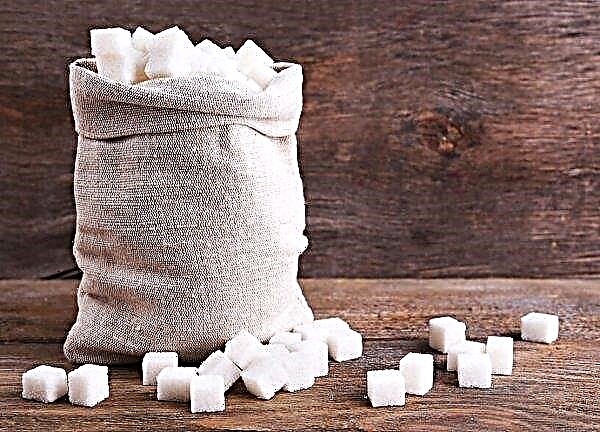Brussels sprouts are a great opportunity to diversify your diet in late autumn. She is ready for harvesting 90-110 days after sowing. On how to properly collect and store it, read on in the article.
Harvesting and storage preparation
Harvesting Brussels sprouts should begin when the sprouts (forks) reach a diameter of 1–4 cm. Start harvesting after the first frost and continue until snowfall. Its sprouts become sweeter and more fragrant after being touched by frost. They can be collected even from under the snow.

Lower forks ripen first. The upper ones ripen a day or a few days thereafter. Most hybrid varieties ripen on day 85. By the 110th day, it can be considered that any variety will reach maturity.
Harvest Instructions:
- Sprouts grow at the base of each leaf near the main stem. Take the head out with two fingers and just rotate it to tear it off.
- Remove soft and stunted shoots if you do not plan to use them for food.
- Remove the leaves below the collected sprouts. This allows the vegetable to grow further, providing you with new heads of cabbage.
Important! Garden shears can be used for harvesting, but do not cut too close to the stem so as not to damage the plant.
How to store brussels sprouts for the winter
Brussels sprouts should be stored in a cool and humid room, at a temperature of 0 ° to 4 ° C and a relative humidity of 95%. And this is a problem, since only a refrigerator fully meets such criteria, but its microclimate dries delicate leaves. Sprouts are stored unwashed, wrapped in a damp towel, in a perforated plastic bag in the vegetable section. The shelf life is from 3 to 5 weeks. They can also be stored directly on the stem or removed from it.
In regions with cold winters, you can store crops in a garage or basement. Then heads of cabbage can be removed periodically, for several months. If you eat leaves, then steam them, as they are thicker and tougher than sprouts.

In the basement and cellar
For storage in the basement use boxes, hang the stems under the ceiling or store on a trellis, in the cells of which they can be installed. In drawers are stored headless cabbage. Stack them tightly to reduce moisture evaporation. Top cover with a dense layer of paper.
The box does not need to be closed with something else to prevent the formation of condensation inside and the appearance of mold. Suspended cabbage can be covered with cling film. But they wrap it loosely to ensure good air exchange.
 The possible shelf life of the crop is up to 2-3 months at a temperature of about 0 ° C and a humidity of 90%.
The possible shelf life of the crop is up to 2-3 months at a temperature of about 0 ° C and a humidity of 90%.
In the trench
For cabbage that is not ripe, use dropping in sand. The trench should contain clean sand, into which the heads of cabbage are laid in polyethylene. The main feature of the method is that the sand should be wet. This method allows the vegetable to ripen and maintain taste for 5 months.
On the balcony
You can store cabbage on the balcony in the same way as in the garage, provided that the temperature is not outside the range from 0 ° to 4 ° C and the humidity is below 95%. Since it is difficult to constantly maintain the same conditions on the balcony, this storage method is not practical.
Important! One Brussels sprout produces about 100 heads in 2-3 months. Sprouts left on the stem for too long will begin to turn yellow, so cut them off in a timely manner.
Freezing
Freezing Technology:
- Before freezing, cut off the shoots from the stem. The stem itself can be thrown away.
- To treat pests, heads of cabbage are placed for 15 minutes in a solution of salt water. All insects that may be in the leaves will float to the surface.
- Then they are washed and dipped for 5 minutes in boiling water, and after it in cold water.
- Allow to dry on a napkin. Dried raw materials are placed in a sealed container or plastic bag with zipper. If you freeze the heads in the wet state, they will freeze and get burns from freezing. It only takes them about 15–20 minutes to dry completely on the surface of a dry towel.
- When closing, remove as much air as possible from the bag. And they just put the lid on the container.
- Put it all in the coldest part of the refrigerator until the heads of cabbage freeze.
Video: Freezing Brussels Sprouts
Other ways to store cabbage
Winter cabbage harvests also include pickling and pickling. Billets are made both from the vegetable itself and are used as part of mixed vegetables.
Important! Try not to wash the Brussels sprouts until you cook them (except for the freezing phase), since moisture can cause heads to spoil.
Vacuum packaging
Fresh cabbage is stored in a vacuum package for current consumption. Such a package is placed in the vegetable compartment of the refrigerator. And also frozen is stored in the freezer. In the basement or other storage it is better to use a film so that condensation does not accumulate under it.

Pickling
Marinating is a cooking method during which the main product is saturated with marinade. Such products can be stored for several years in canned form at a moderate temperature. So the product can be stored on a shelf without taking it out to the basement. It will be a good snack for meat dishes for the winter.
Ingredients:
- 3-4 kg of Brussels sprouts;
- 6 tbsp. tablespoons chopped shallots;
- 6 bay leaves;
- 300 g of distilled white vinegar or apple cider vinegar;
- 3 glasses of water;
- 2 tbsp. tablespoons + 2 teaspoons of sea salt;
- 2 tbsp. tablespoons of sugar.
Did you know? Presumably Brussels sprouts were grown in ancient Rome. It is believed that in Belgium it has been known since 1200, but the vegetable acquired its official name only by 1587.
Cooking Technology:
- Pour cold water into a bowl and place next to the stove.
- Boil water in a pan.
- Put the sprouts in boiling water, cover and cook for 2 minutes.
- After cooking, put in a bowl of ice water.
- Drain the water.
- Spread the sprouts in sterile jars.
- Add 1 tbsp. a shallot and 1 bay leaf in each jar.
- Mix vinegar, 3 cups of water, salt and sugar in a large saucepan. Boil. Wait until sugar and salt have completely dissolved. Cook for 2 minutes. Remove from heat.
- Fill the jars with brine, completely covering the Brussels sprouts.
- Cover and refrigerate.
 Cabbage prepared in this way can be consumed for a month
Cabbage prepared in this way can be consumed for a month
Pickling
Salting is preservation by the action of salt on the product. In this case, bacteria die, and the product can be stored for a long time without being spoiled. And the more salt in the solution, the better the conservation effect. Vegetables can be salted both separately and as part of mixed vegetables.
Dry salting is usually exposed to meat and fish. But vegetables canned using brine. Prepared cabbage is placed in a container and poured with a strong salt solution. Sugar and spices may be added to the brine, depending on the recipe. Above set oppression and close the lid. Store in a cold room, possibly on the balcony.
Did you know? Taste of Brussels sprouts undeservedly criticized. Properly boiled, it has a nutty flavor and a dense texture. But if it is digested, then a strong unpleasant smell of sulfur appears, and the sprouts become too soft.
For a classic recipe you will need:
- 1 kg of cabbage;
- 1 liter of water;
- 2 tbsp. tablespoons of salt;
- 3 medium carrots;
- 2 tbsp. tablespoons of sugar;
- dill greens;
- 2 bay leaves;
- spices to taste.
Cooking Technology:
- Root crops are washed, peeled and finely chopped.
- Heads of cabbage are washed, spoiled leaves are removed, treated in saline for 5 minutes to remove possible insects.
- Vegetables are laid in prepared glass containers in layers.
- Add dill, bay leaf and spices.
- Sugar and salt are added to boiling water. Boil for 2 minutes.
- Pour the cabbage with the prepared solution.
- Above put oppression. If these are cans, then they are covered with ordinary nylon caps.
 The brine should completely cover the heads of cabbage. You can also store vegetables for a month in a cool place.
The brine should completely cover the heads of cabbage. You can also store vegetables for a month in a cool place.
Cabbage Storage Tips
For cabbage, which is stored in a basement or other room, it is necessary to check the microclimate and the condition of the vegetables. Install a hygrometer and constantly monitor humidity. This will prevent mold and rot in your storage. When condensation occurs, the plants need to be dried, changed the film and ventilate the room well.
In the refrigerator, signs of decay are also monitored. Such heads of cabbage must be removed so that they do not infect the rest of the product.
Brussels sprouts are good, especially when the diet is low in vitamins. Harvesting it for the future is not at all difficult. Follow the recommended storage regime for vegetables and you will be able to extend their shelf life.

